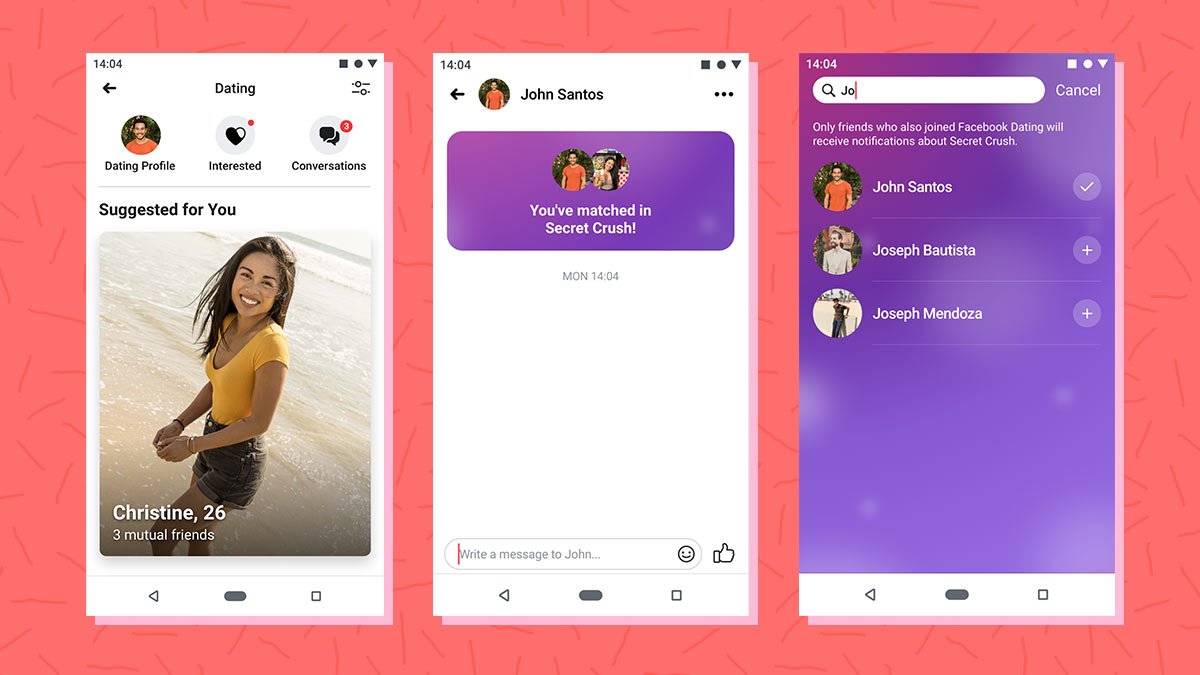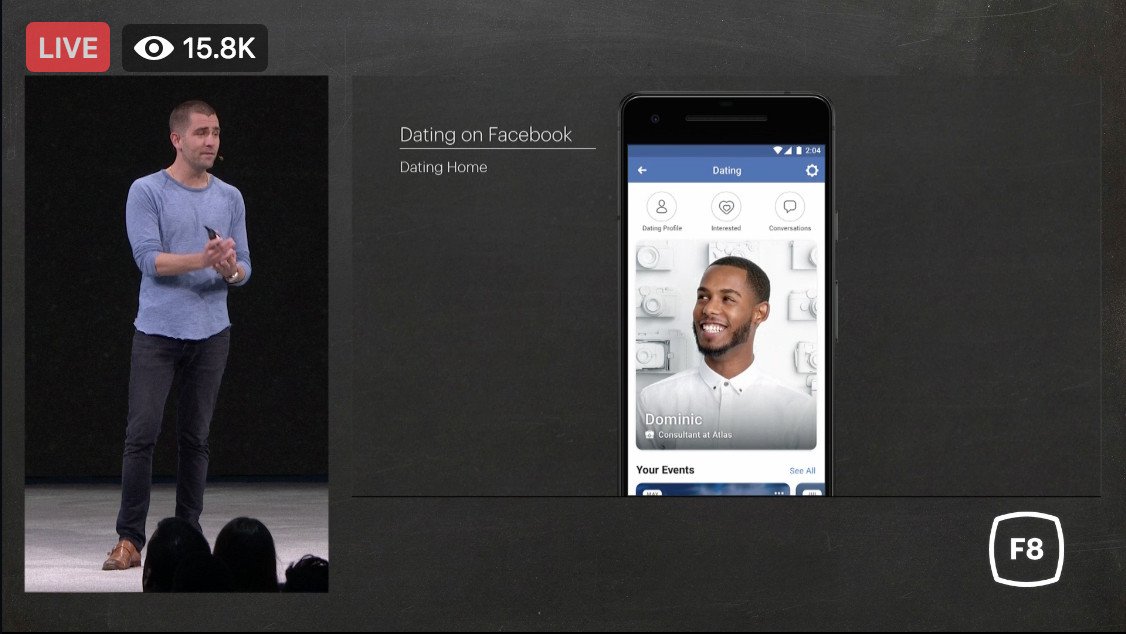A straightforward Fix That May Help You Change From Lightroom to fully capture One
When it comes to very first few several years of my job being an architectural professional photographer, I swore by Adobe Lightroom. Within my experience, Lightroom is incredibly helpful for going right on through a batch that is large of, however it does not quite keep pace with Capture One’s refined controls, thus I began taking a look at Capture One as a substitute. The issue had been so it can be quite embarrassing to make use of and will be tricky to match into a well established workflow, that will be a complaint that is common photographers.
Effective workflow is way better than rate

Lightroom is sluggish.
It’s even worse when you’re working together with high res files like i have already been much more times that are recent. Data from my Canon 5DSR can totally choke Lightroom and they’re not even the greatest resolution files that we utilize.
In comparison, Capture One has a tendency to manage high resolutions files a lot more effortlessly. Even though modifying huge scans from 8Г—10 big format movie, Capture One did actually have quite small problems. Not surprisingly, for some time, I proceeded to make use of Lightroom because it fit my workflow much better than Capture One did.
I’m yes there are numerous photographers for who the speed benefits, will be sufficient to allow them to result in the switch. We entirely appreciate and recognize that, however, Capture One nevertheless does not quite fit many architectural photographers’ workflow.
What exactly is my workflow?
Numerous photographers that shoot architecture tend to just just take lots of pictures per structure; if they are employing additional pictures to widen dynamic array of the last picture or composite things inside and outside regarding the last picture. For instance, when you have individuals into the framework, using many pictures will allow you to manage the way in which those individuals come in your last image. This process also provides a lot of control over aspects like illumination and cloning.
A photographer may take up to twenty different compositions, which equates to a great number of raw images, in my case as many as fifteen or more per composition on any given shoot. This is how having a fruitful workflow is really a more important aspect than having one software program that’s faster.
Lightroom may be the better option for numerous photographers in this situation due to just how well it integrates with Photoshop. a structure of pictures could be brought in into Lightroom which you could perform the initial edits. Once that’s finished, it is really hassle free to start all the files within one task in Photoshop. That’s where all of the specific files are merged to produce one last composite.
The photographer has the choice of either adding a few finishing touches in Lightroom or Photoshop, because the file is accessible in both at this point.
The workflow issue with Capture One

With Capture One, you’re in a position to process files at an even faster rate as it appears to be better optimized. Big files don’t be seemingly a nagging issue and it is sensible because stage One are high quality cameras.
You can find but, two problems that are main Capture One. The very first being that Capture One isn’t anywhere near as effectual as Photoshop. Although Capture One has a system that is layered of, it is nearly of the same quality. I am aware that this isn’t fundamentally a reasonable contrast, nevertheless, it must be mentioned that as of at this time, Capture One just can’t replace Photoshop.
The 2nd problem is that once you’ve finished your initial edits in Capture One (while you would in Lightroom) there’s no chance to open up most of the files in Photoshop, in one single task, as layers. Everything you end up getting is having all your files exposed as specific jobs in Photoshop which actually frustrates the workflow. Whatever time you might have conserved from utilizing Capture One is quick eradicated; because you’re having to manually pile every one of the files from Capture One into Photoshop. This is just what I’m lead to believe the reason that is primary numerous architectural photographers have actuallyn’t switched to fully capture One.
All of the files look as specific tasks in Photoshop
My solution
In Capture One, once you’ve completed your edits, choose all of the files you’d like to take into Photoshop, then right click and then select “Edit With”. a brand new dialog field should appear and you will pick your requirements. before you click “Edit” to open up all the files in Photoshop.
Raya professional is a HDR mixing pc computer software that i got myself for about $40. We have no affiliation using the company We merely utilize it for many pictures. Inside the module, there was a choice called “Stack”. This is certainly everything you need to select so as to possess your files come in one task screen. Simply available most of your files from Capture One in Photoshop, start your Raya panel,  and“Stack this is certainly click. Voila – you’re willing to start modifying your completely aligned (provided your tripod did budge that is n’t group of pictures from Capture One and never having to manually drag or start them one at a time in Photoshop.
and“Stack this is certainly click. Voila – you’re willing to start modifying your completely aligned (provided your tripod did budge that is n’t group of pictures from Capture One and never having to manually drag or start them one at a time in Photoshop.
It is as easy as that.
If there’s anyone on the market who understands just how to work scripts and plugins in Photoshop, then you can not want to buy the application. You can just produce the action yourself and therefore should enable you to perform some same task.
Important thing
That one feature that is individual Raya professional has permitted us to easily switch from Lightroom to recapture One. We currently have most of the speed great things about Capture One without compromising my workflow. The excess action necessary to pile most of the files together is such a small thing that I don’t also ponder over it to be always a workaround, it’s just one additional simply click set alongside the Lightroom workflow I became making use of previously.
I am hoping this can help in your change from Lightroom to Capture One! For those who have any kind of workarounds such as this, we’d love to listen to about them into the feedback.